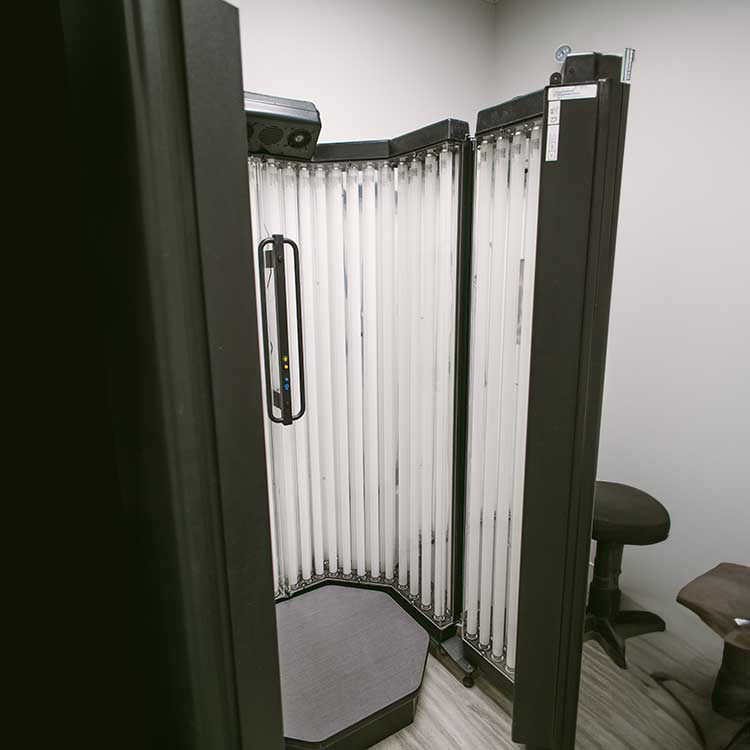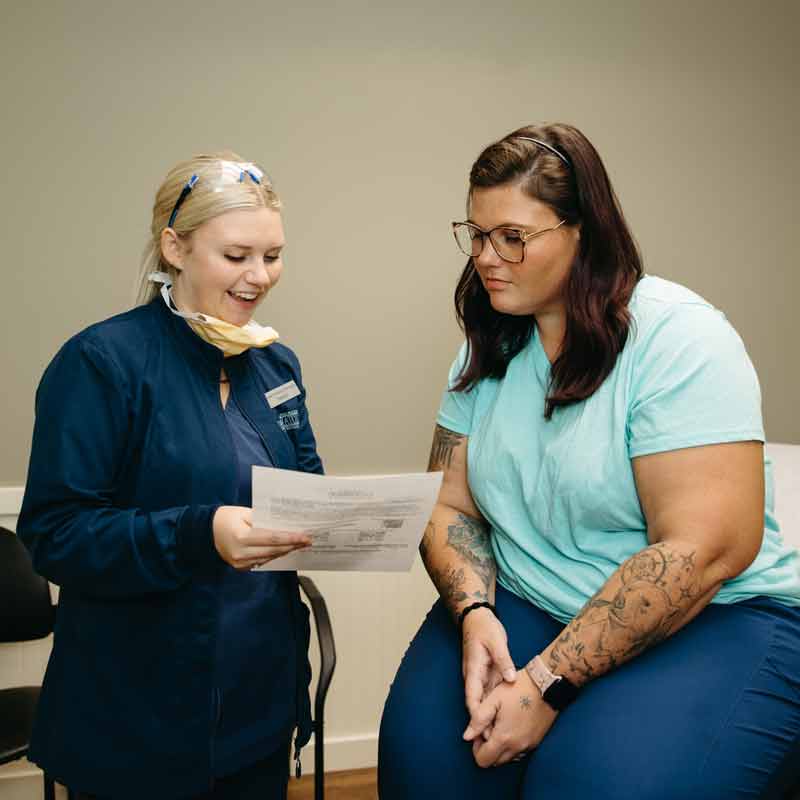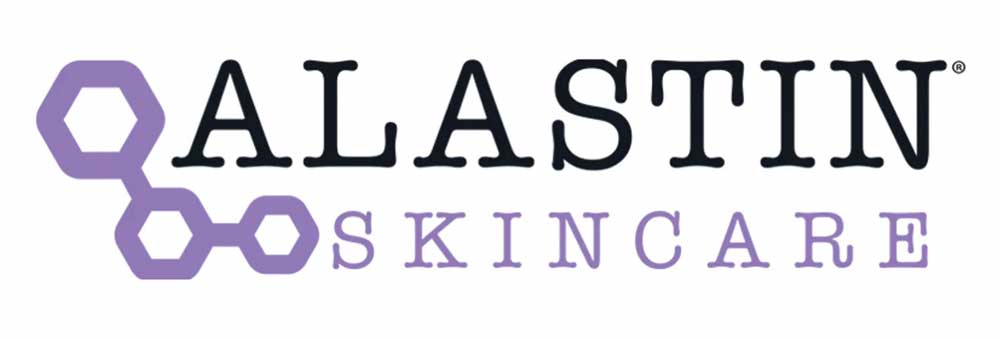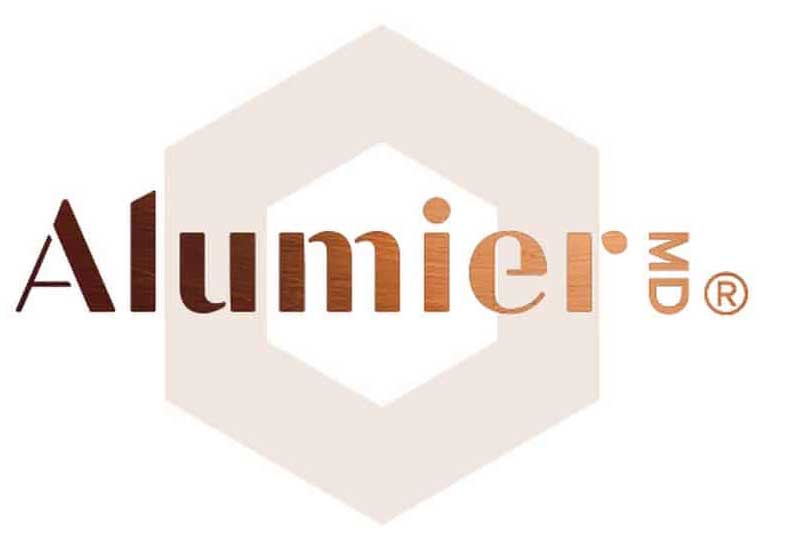General Dermatology
From routine skin checks and treatment of common skin conditions to advanced diagnostic procedures, we are equipped to handle all aspects of your dermatologic health. Our team is dedicated to providing comprehensive care tailored to your individual needs, ensuring that you receive the highest standard of treatment for a healthier, more vibrant you.
Additionally, our Aesthetic Dermatology Center offers a comprehensive selection of cosmetic treatments designed to enhance your natural beauty. Explore our offerings for more information on how we can help you achieve your aesthetic goals.
MOHS Surgery
Mohs surgery is recognized as the gold standard for treating certain types of skin cancer, offering the highest cure rate for most cases. Our highly trained Mohs surgeons, accredited by the American College of Mohs Surgery and with over 24 years of combined experience, are dedicated to providing exceptional care.
Performed safely and comfortably in our office setting, Mohs surgery involves the precise removal and immediate examination of cancerous skin layers until no further cancerous cells are detected. This meticulous approach ensures complete removal of cancer while preserving healthy skin.
Our Mohs surgeons have earned a stellar reputation in Western North Carolina for delivering first-rate, compassionate skin cancer treatment. If you have concerns about skin cancer or need more information, please don’t hesitate to contact us.
Learn more about the exceptional care we provide by viewing this WLOS story, which highlights the quality and expertise of our surgeons. the quality of our surgeons and our work. You can also learn more about Mohs Micrographic Surgery by visiting the Mohs Micrographic Surgery and Cutaneous Oncology website.
Mohs Surgery: What to Expect
It’s important to understand that, although Mohs surgery is performed in an office setting, it is still a surgical procedure, and patients should plan accordingly. Most Mohs surgeries are completed by mid to late afternoon, and many patients prefer to take the rest of the day off from work.
Mohs surgery is safely and comfortably performed without the need for a hospital or ambulatory surgery center, making the experience more efficient, comfortable, and cost-effective. The procedure is done under local anesthesia, and our skilled team ensures the anesthesia is administered as comfortably as possible. We also use a long-acting anesthetic to keep the area numb throughout the day. If you feel you may need additional relaxation, a mild sedative prescription can be provided at your consultation.
On the day of surgery, most of your time will be spent waiting for lab results and preparing for any necessary repairs. We recommend bringing snacks and entertainment to pass the time while you wait in our comfortable, welcoming waiting rooms. Many patients also use headphones during the procedure. On average, patients spend about 4 to 6 hours in the office, though we ask that you reserve the entire day to ensure thorough treatment of your skin cancer.
After surgery, a pressure dressing is typically applied to the surgical site, which can often be removed after 24 hours. Surgical tape is usually placed over the incision line(s) to protect the area. Our team will provide detailed instructions on how to care for your surgery site and give you written instructions to take home. Please arrange for someone to drive you home after surgery. Your companion is welcome to wait in our office or provide a mobile number to be contacted when your procedure is complete.
PRE-Surgery Instructions:
These instructions are intended for patients of Advanced Dermatology & Skin Surgery and are not meant to be comprehensive. If you have any questions or concerns, please contact our office at 828-210-7989.
If you have a surgical procedure scheduled with one of our providers, please follow these guidelines to minimize the risk of complications before, during, and after your surgery.
Bleeding Complications:
Certain medications can increase the risk of bleeding during surgical procedures. Please follow these guidelines:
- Anticoagulants (blood thinners):
If you are taking aspirin, Plavix (clopidogrel), Coumadin (warfarin), Pradaxa (dabigatran), Xarelto (rivaroxaban), or Eliquis (apixaban), it’s important to consult with your doctor before stopping any medications. If taking aspirin as a preventative measure, discontinue it 10-14 days prior to surgery unless instructed otherwise. You may resume aspirin 72 hours after surgery. - Ibuprofen and NSAIDs:
Medications like ibuprofen, Advil, Aleve, Celebrex, and other non-steroidal anti-inflammatory drugs (NSAIDs) should be discontinued 3 days before surgery, if possible. Acetaminophen (Tylenol) may be taken if needed. - Supplements and Alcohol:
Vitamin E, multivitamins, fish oil, and alcohol may increase bleeding. Please discontinue them 3 days prior to your procedure, and you may resume them the day after surgery.
If you are taking any of these medications as prescribed by your physician, continue them unless advised otherwise by our office.
Infection Prevention:
Skin infection is a potential risk with any surgery, but you can minimize the chances of infection by following these steps:
- If you have a history of infections after surgery, let us know; oral antibiotics may be prescribed before the procedure.
- On the day of surgery, cleanse the surgical area with soap and water (use antibacterial soap if available).
- Avoid wearing cosmetics if the surgical area is on the face.
- Do not shave the area the morning before surgery, as this can increase the risk of infection. If needed, we will shave the surgical site just before the procedure.
Surgical Pain:
Mohs surgery is performed safely under local anesthesia, meaning you will be fully awake but will not feel pain during the procedure. If more than one sample is needed, we will reapply anesthesia to ensure the area remains numb throughout the day. We also use a special long-acting anesthetic to prevent numbness from wearing off during any wait times. If a repair is necessary after the tissue removal, a local anesthetic will be used for that as well. Our goal is to make sure you are comfortable and pain-free during both the surgery and any required repair work.
After surgery, most patients experience only minor discomfort, which typically subsides quickly. However, pain levels can vary depending on the extent of the procedure. To help with any discomfort, a prescription for pain medication will be provided after surgery, if needed.
Recovery After Mohs Surgery:
To aid in your recovery, keep the dressing dry for 24 hours, so it’s a good idea to shower before your appointment. We also suggest avoiding heavy lifting or strenuous exercise for about a week after surgery, though light activity like walking is fine. If your job involves physical exertion, consider adjusting your work schedule accordingly. If that’s not feasible, please discuss options with our surgery team. For non-physical jobs, you may feel well enough to return to work as soon as the day after the procedure. However, visible swelling, bruising, or surgical dressings might influence your decision, so feel free to consult with our staff about what to expect.
Swelling and bruising near the surgery site are common but usually resolve within several days. Using ice packs can help reduce swelling and speed up recovery.
Post-Operative Activity Restrictions:
To ensure proper healing, follow these guidelines after your surgery:
- Limit physical activity for 24-48 hours post-surgery.
- Avoid lifting anything heavier than 10 pounds for at least one week.
- Any activity that raises your blood pressure could cause post-operative bleeding. After 48 hours, your activity restrictions may vary depending on the surgical site and whether you have stitches. Consult with your provider for specific recommendations.
If you have a scheduled activity that may interfere with your healing, consider postponing your surgery to avoid complications.
For any questions, feel free to call our office at 828-274-4880.
What if I have Scarring from Mohs Surgery?
If you have scarring from Mohs surgery, it may be beneficial for you to have a consultation with our Aesthetics team. Learn more about our aesthetic dermatology services here.

Phototherapy
What is Phototherapy?
Who is a candidate?
What should I expect?
Is phototherapy the same as a tanning bed?
Is phototherapy the same as the tanning bed?
Even though a tanning bed can emit NB-UVB rays, tanning beds also emit a broad spectrum of damaging and harmful UV rays. A NB-UVB phototherapy booth emits a very narrow band of UVB rays to minimize risks of UV damage. It has been shown that tanning beds significantly increase the risk of skin cancer, including melanoma. For this reason, the American Academy of Dermatology, the National Psoriasis Foundation, and the World Health Organization do not support the use of indoor tanning beds/booths for treatment of skin disease.
COSMETIC DERMATOLOGY
Our Aesthetic Dermatology Center offers a comprehensive selection of cosmetic treatments designed to enhance your natural beauty. Explore our offerings for more information on how we can help you achieve your aesthetic goals.
Explore our Product page to purchase our recommended skincare products, or visit one of our offices to pick up our preferred products in person.





